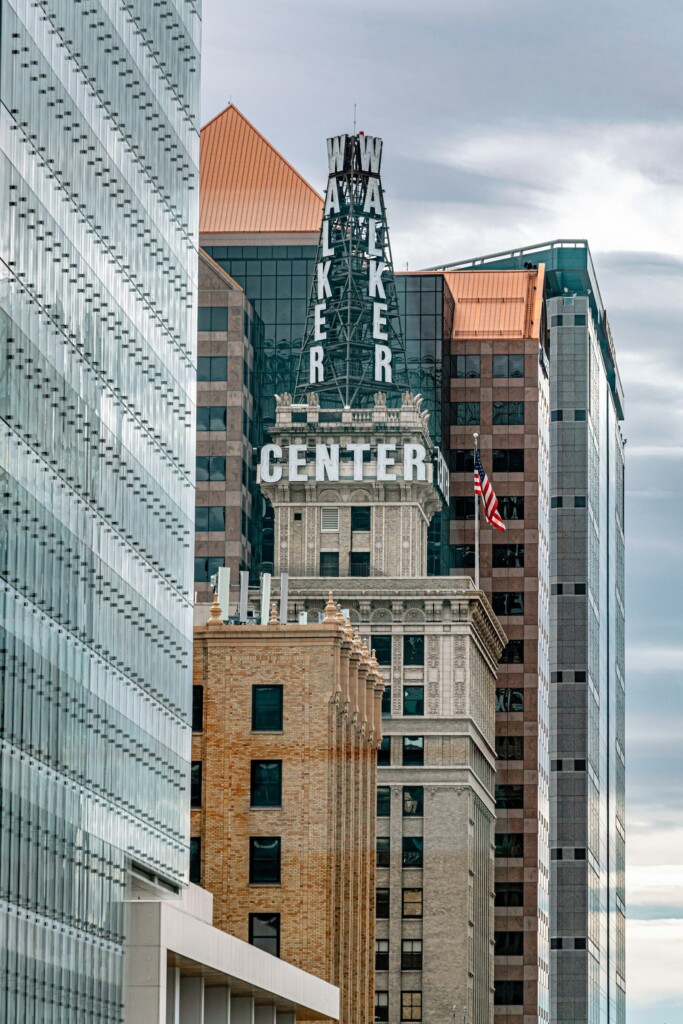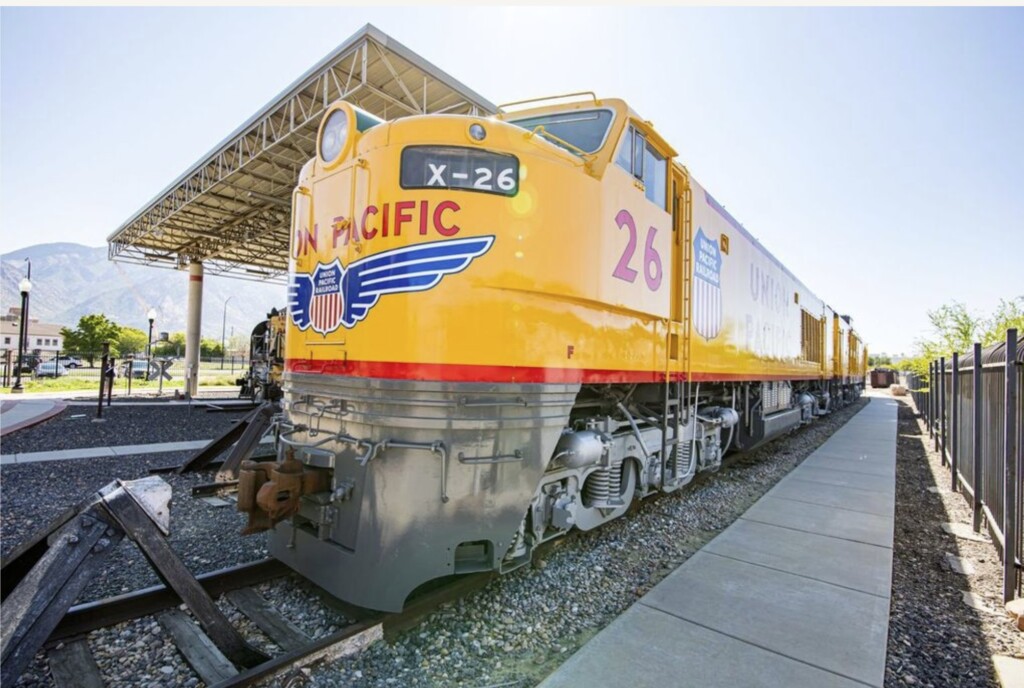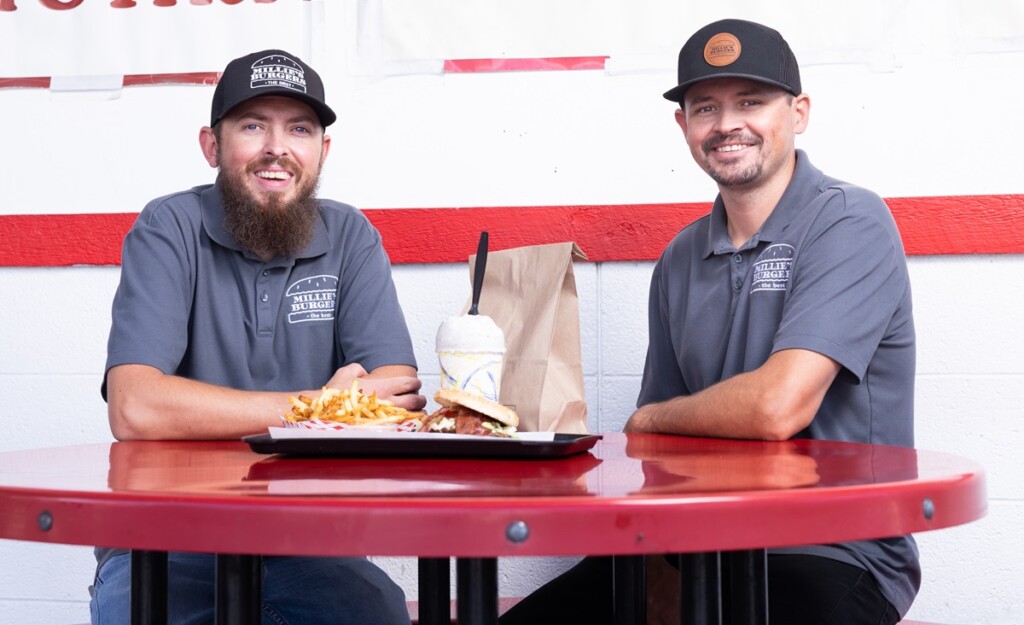Whether it’s the buzz surrounding its Olympic bids, population boom, or a quality of life that stands out among major U.S. metro areas, the city has become a focal point of growth and opportunity. Yet, these changes come with their own set of challenges, particularly for businesses in the heart of downtown.
Many are still grappling with the lingering effects of the pandemic, struggling to adapt to the “new normal” where fewer office workers populate the city center.
The big question now is: Has SLC’s downtown bounced back, or is it evolving into something fundamentally different from its pre-pandemic identity? For many locals who grew up here or came to love Utah as transplants, the future of downtown SLC is a matter of both economic and personal significance.
Downtown SLC Pre-Pandemic
Before the pandemic, downtown Salt Lake City was a hub of typical activity. Office workers filled the streets, flocking to popular lunch spots and crowding food courts in City Creek Center, while others shopped or ran errands during their breaks. The area thrived on the steady flow of nine-to-five workers who spent their days in-office, participating in the economy of downtown. Then in 2020, everything changed with the pandemic.
Recent studies actually place Salt Lake City among the top cities in terms of post-pandemic downtown recovery. For example, the University of Toronto’s research showed that Salt Lake City had one of the strongest recoveries in unique visitor foot traffic, with activity levels reaching 155 percent of pre-pandemic levels at one point in 2023. This makes SLC one of the best-performing cities in the nation in this regard.
Several factors contribute to this success, including a diversified downtown economy that is less dependent on office space compared to cities like San Francisco or New York. Salt Lake City’s downtown has also benefited from cultural amenities and tourism, which the study says make up a significant portion of its foot traffic. Additionally, the city is working on expanding its housing options, with a plan to add 10,000 new units by 2027, many of which will be located downtown.
However, the picture isn’t always that clear. In 2019, downtown Salt Lake City was home to more than 2,000 businesses, with finance, retail, and hospitality leading the charge. By 2023, that number had dropped to around 1,800, reflecting the economic shifts and challenges brought on by the pandemic. While the numbers tell part of the story, the impact is also evident in the everyday experiences of locals who have seen some of their favorite haunts close down or reduce their hours.
“All I know is that the businesses I have valued over the years have been usurped and demolished to make way for these grand monoliths devoid of any real artistic or architectural character,” says Jake Leonard, a long time Salt Lake City resident. “The landscape has changed at such a breakneck pace that I almost can’t remember what’s being replaced. Everything that gave the downtown area any sense of history, other than those structures valued by the Mormon Church, have either moved or have been systematically disassembled for the sake of efficiency, profit, and convenience.”
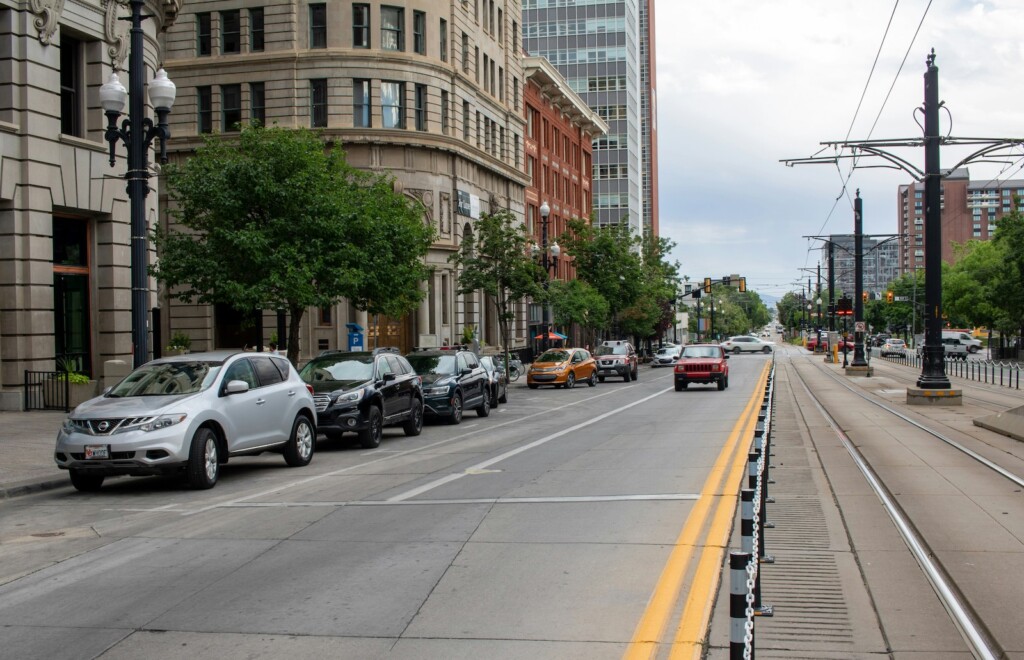
Programs and Initiatives During the Pandemic
In response to pandemic challenges, Salt Lake City’s leaders rolled out several initiatives, both to quickly address immediate issues and to create a long-term plan for economic growth. One of the most visible efforts was the Open Streets Program, aimed at creating more open-air, pedestrian-friendly spaces in order to combat the spread of COVID-19 while keeping businesses viable. This program transformed sections of Main Street into car-free zones, inviting more residents and visitors to explore downtown safely.
“Our goal with the Open Streets Program was to create a space that felt safe and vibrant, allowing people to reconnect with downtown in a new way,” said Andrew Wittenberg, Director of Communications for Salt Lake City.
In addition to Open Streets, the Main Street Initiative was a broader effort to adapt the city to the changing economic landscape, ensuring that downtown could thrive despite the challenges. The initiative included measures to support local businesses, activate public spaces, and promote economic development. These efforts paid off in some areas, as highlighted by a 2022 State of Downtown report, which noted that “downtown event visitation in Q1 2022 was nearly on par with pre-pandemic visitation.”
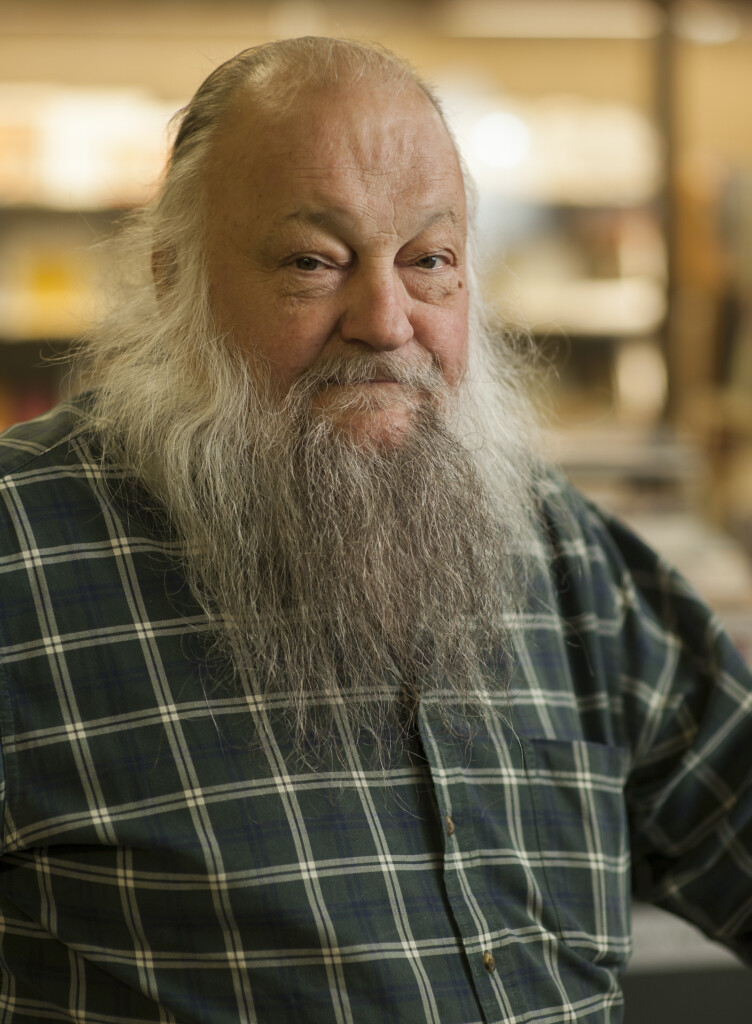
Challenges and Shifts in Downtown SLC’s Business Landscape
According to the University of Toronto report, after-work and weekend activity levels in downtown SLC have reached 82 percent of pre-pandemic levels. This recovery, largely fueled by non-traditional business hours, contrasts with the ongoing struggles during the work week.
“We’ve seen significant growth in our weekend and evening economy, which has helped many businesses stay afloat during these challenging times,” said Wittenberg. “We have led with creativity and determination in our efforts to address complex challenges, including issues related to the pandemic and pressures arising from our extraordinary growth.”
However, not all businesses have been able to navigate these changes successfully. Ken Sanders, a local legend and business owner, was directly impacted by downtown development pressures that forced his iconic bookstore, Ken Sanders Rare Books, to relocate from its long-standing location on 200 East. The rising costs and the looming threat of redevelopment in the area led Sanders to move his business to The Leonardo Museum in 2021. Reflecting on the broader implications of the city’s growth, Sanders told Utah Stories his concerns, saying: “I think our city should take care of its citizens, including the homeless, the poor, and our own homegrown small businesses. Build affordable housing and fix the potholes. Let the billionaires and millionaires pay for their own playgrounds and pleasure houses.”
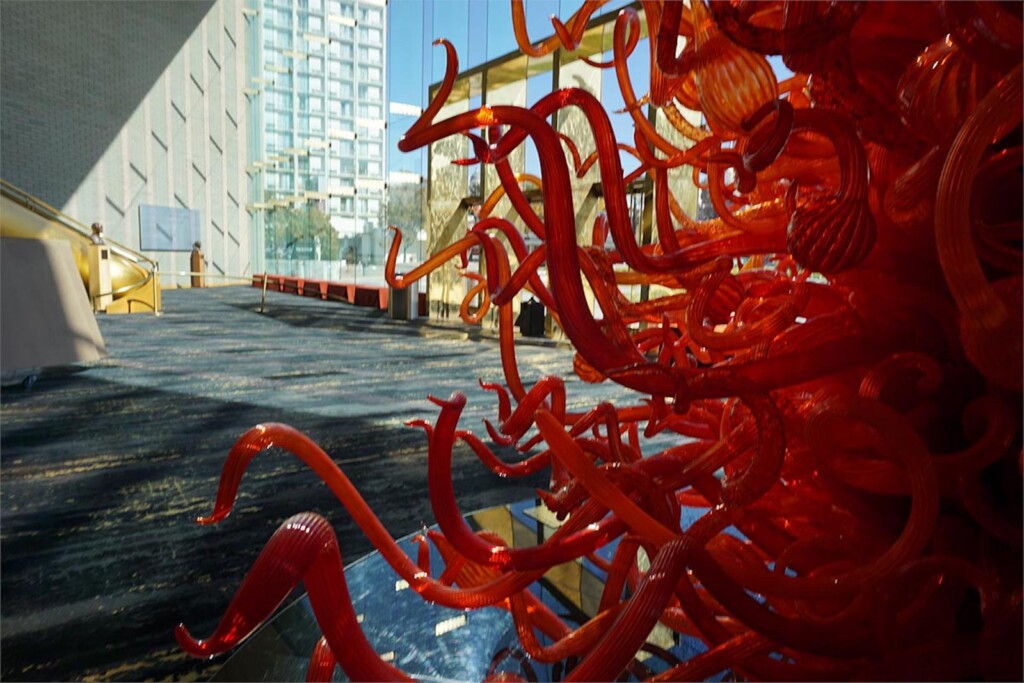
Capital City Revitalization Zone
The Capital City Revitalization Zone is a major urban development initiative in Salt Lake City, led by Smith Entertainment Group (SEG), the ownership group behind the Utah Jazz and other local ventures. This $900 million project plans to transform approximately 100 acres around the Delta Center into a district focused on sports, entertainment, culture, and conventions. The development includes state-of-the-art arenas, mixed-use buildings, and pedestrian-friendly spaces, aiming to integrate with the existing urban landscape while attempting to address concerns about inclusivity and accessibility.
According to Wittenberg, “The Capital City Revitalization Zone is not just about new buildings — it’s about creating a downtown that serves everyone, from residents to visitors.”
Proponents of the project highlight its potential to enhance Salt Lake City’s social, cultural, and economic fabric, positioning it as a generational opportunity for growth. However, the project also raises concerns among residents about potential gentrification and the displacement of existing communities, particularly in historic areas like Japantown. Ensuring that the new developments remain accessible and welcoming to all residents, regardless of income, will be a crucial challenge as the project moves forward
Current Challenges and Future Outlook
While SLC continues to defy trends, the city is not without its challenges.
“We’ve seen some declines in activity levels, and it’s clear that we need to keep innovating to maintain the vitality of our downtown,” Wittenberg admitted.
As SLC continues to evolve, the balance between preserving its identity and embracing new developments will be crucial in shaping the future of its downtown. Key indicators to watch will include the success of new development projects like the Capital City Revitalization Zone, the impact on local businesses, and the overall economic health of the city center long-term.
“It’s hard to see what the downtown area may eventually become because it always seems to be in flux,” long time resident Leonard pointed out. “Nothing is ever settled enough due to new construction and road projects that it makes it impossible to have any sense of perspective.”
Feature Image: Downtown Salt Lake City by Frames For Your Heart on Unsplash.

